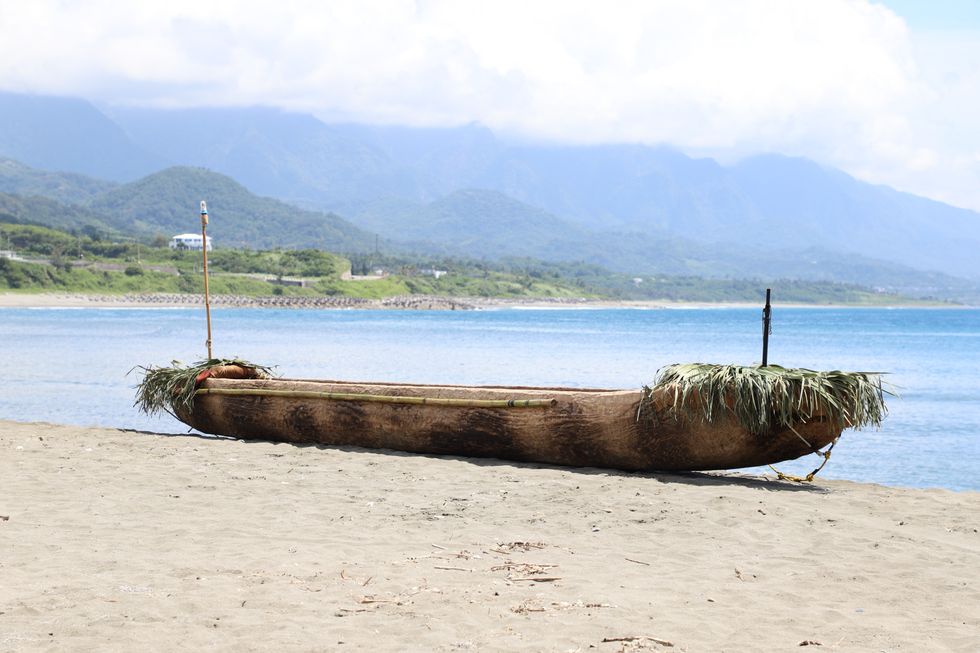Antique items often hold significant value, be it sentimental or financial. The BBC’s "Antiques Roadshow" was created to uncover the historical and cultural significance of such treasures. In one episode, expert Ronnie Archer-Morgan was stunned by an item brought in by a guest—a disc of intricately detailed ivory that she had purchased for just £3 around 36 years ago, according to The Daily Mail.
Upon seeing the item, Morgan made a powerful statement: “I want to make it absolutely clear that myself and we in the 'Antiques Roadshow' wholly, unequivocally disapprove of the trade in ivory.” Morgan went on to mention that the strong friction with the item was not because of the ivory trade but because of the dark past it represented. “But this ivory bangle here is not about trading in ivory, it’s about trading in human life, and it’s probably one of the most difficult things that I’ve ever had to talk about. But talk about it we must,” he remarked.

The guest explained that she had bought the ivory bangle from a family she worked for, simply because it "looked interesting" and she "had no idea what it was." After keeping it for over three decades, she decided to research it. “It said traders and I thought it meant trading in coffee or spices and then I realized it was trading in people,” she said. Morgan went on to inspect the bangle and looked at the detailed engravings. “This is an amazing object and a testament to the callous trade that went on in the 17th, 18th, and 19th centuries,” he explained.
The engravings revealed a name, a ship, and the inscription “honest fellow.” Morgan noted that the name was that of a slave trader and unable to hide his disgust, he called him “a despicable human being.” “I’d like to meet him and tell him how honest I think he is,” the expert scoffed before revealing how he knew about the evil slave trading. “My great-grandmother was a returned slave from Nova Scotia in Canada and came back to Sierra Leone and Freetown. And I actually think it’s my cultural duty, our cultural duty, to talk about things like this,” he added.

The antique bangle also had the name of the ship, “Anna,” engraved on it. The guest recalled that per her research there were over 535 slaves on the ship. Hearing this, the expert said, “Probably all stacked on top of each other, transported across the Atlantic for months on end.” He added a comment, “Look how beautiful the calligraphy is. The beauty of the calligraphy just belies the awfulness of the message.” Concluding with a bold tone that he simply refused to put a value on the item, Morgan pointed out, “I do not want to put a price on something that signifies such an awful business. But the value is in the lessons that this can tell people. And I just love you for bringing it in and thank you so much for making me so sad.”


















 Image frmo Scientific Reports of ancient artwork. Image Source:
Image frmo Scientific Reports of ancient artwork. Image Source:  Image frmo Scientific Reports of ancient artwork.Image Source:
Image frmo Scientific Reports of ancient artwork.Image Source:  Image frmo Scientific Reports of ancient artwork.Image Source:
Image frmo Scientific Reports of ancient artwork.Image Source: 

 It's difficult to imagine seeing a color and not having the word for it. Canva
It's difficult to imagine seeing a color and not having the word for it. Canva
 Sergei Krikalev in space.
Sergei Krikalev in space. 


 The team also crafted their canoe using ancient methods and Stone Age-style tools. National Museum of Nature and Science, Tokyo
The team also crafted their canoe using ancient methods and Stone Age-style tools. National Museum of Nature and Science, Tokyo The cedar dugout canoe crafted by the scientist team. National Museum of Nature and Science, Tokyo
The cedar dugout canoe crafted by the scientist team. National Museum of Nature and Science, Tokyo